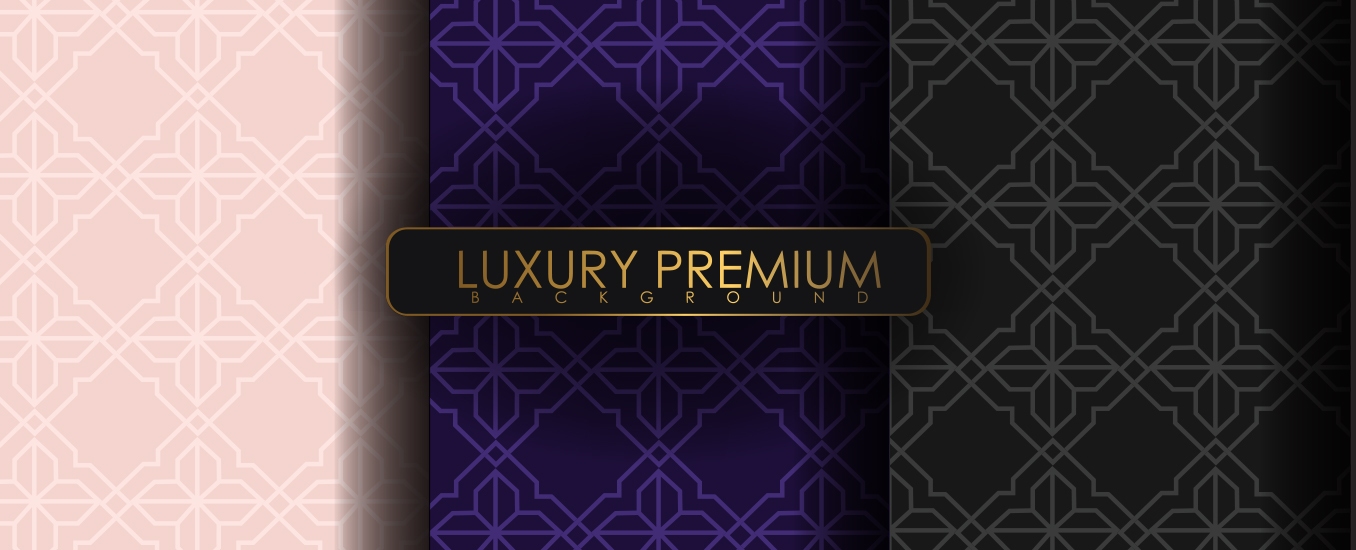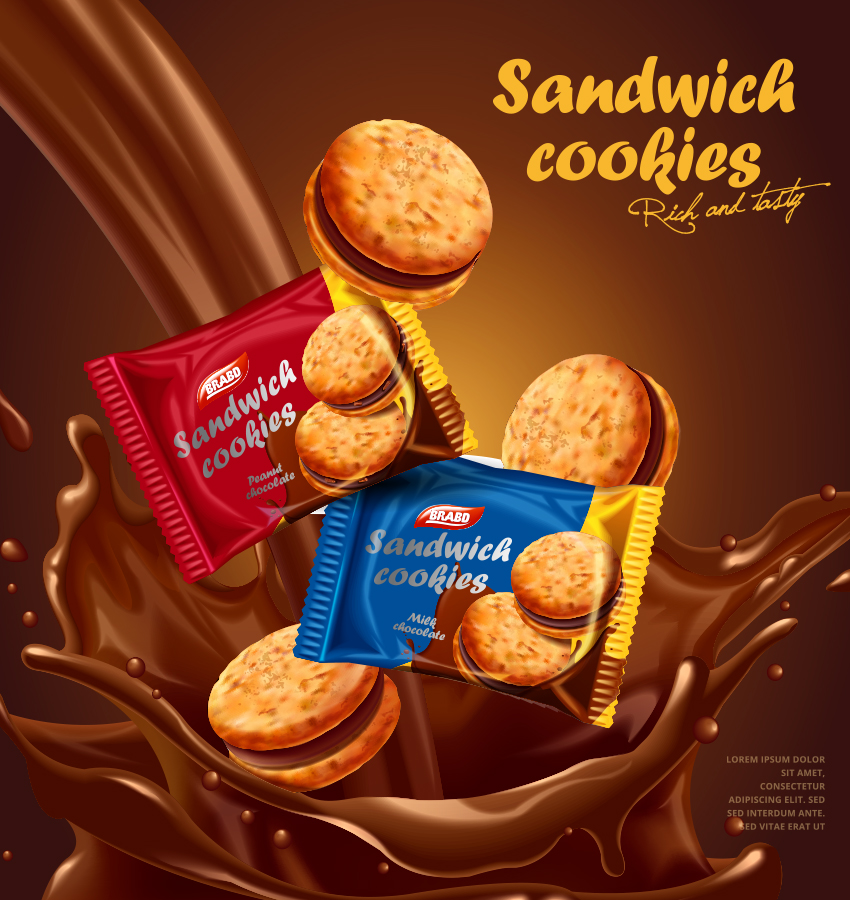
Creating Personalized, Sustainable Packaging
Experts believe the packaging of the future will be smart, personalized, and reusable. Packaging converters will have to work closely with designers and even recyclers. To create innovations and proactively pitch them to their customers i.e. brands by tracking their customers i.e. the consumers. In this article we examine How colour is shaping the future of brands in packaging.
Packaging that is able to live on as an accessory after it has finished. Its role as a container is likely to become one of the most intense areas of research and development in coming years. Increasingly brands have to spend a lot of effort and money to counteract. The negative publicity around single use packaging displaying the brand name prominently. Also showing up in a news piece about harm to the waterways or ecosystems. Therefore if packaging can transform from single use/single purpose to live on after its protective role is over. It will play a huge role in reducing the carbon footprint of packaging.
Recycling is fantastic, but not needing recycling after a single use is way better, and brands know that! However the reduction in environmental impact has to be done while retaining, or even enhancing the marketing appeal job that packaging already has. Technologies like Print-on-Demand using Digital Printing and Ultraviolet Curable inks, or environmentally friendly ink technologies like soy-based, plant-based, or algae-based inks come in. In the future, locally placed digital printers with environmentally-friendly inks will create packaging that appeals uniquely to each individual. Even while reducing transportation costs and fuel burns. If done right, this is a trend that will unleash a whole new level of design challenges and will likely lead to invention of beautiful new, unique colors. In every shade of human inspiration!
Dual-use packaging is another method to increase engagement with the consumer. Dual-use isn’t a new concept- after all, McDonald’s Happy Meal boxes have been turning into trays for ages. The trouble is, except for saving on the need for a tray. The packaging doesn’t really do much else, and certainly doesn’t extend it’s life beyond the meal. There are plenty of other examples. Packaging with music clips, short-lived puzzles and toys for children, hangers for clothes, etc.
And then there was the Tostitos “breathalyzer” bag. In 2017 Frito-Lay released a limited edition bag with special chemically-activated colors which would turn from green to red if the user’s breath contained detectable amounts of alcohol. While this was never released at scale. It nevertheless demonstrated how a product’s packaging can be much more than just a container for the product.
What could be more personalized than a product that has a special feature to protect you from harming yourself or others?
Conclusion
Smart, personalized packaging which makes a continued difference in people’s lives is going to be the future. Toys, utensils, accessories, and art are just a few of the several innovative directions brands will take to build stickiness with customers. Even as they demonstrate their positive impact on sustainability. Color, especially “smart color” that can react to particular stimuli and change shape or shade or even conduct electricity, and environmentally friendly inks that are flexible enough to be formulated into exciting new colors are how brands will differentiate themselves in the next ten years. As brands increase the speed of market cycles and converters scramble to keep up. The Packaging Prepress managers, like Manipal Digital will play a crucial role in streamlining and pipelining innovations so the process remains financially and strategically sustainable.



